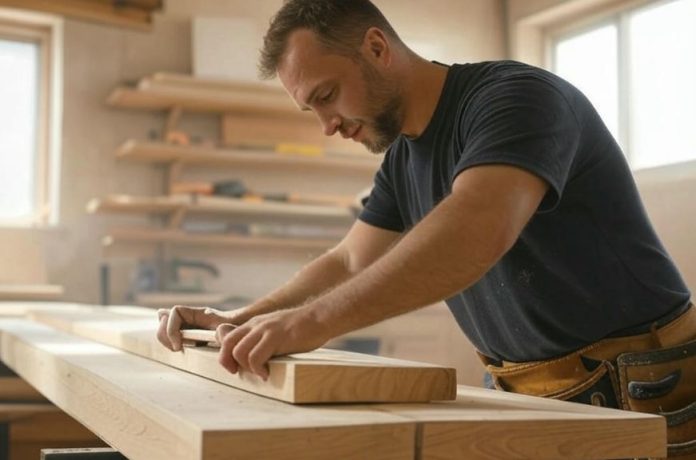We all have treasures in our house or apartment that we hang on the walls. In order to insure that those treasures are displayed for their best viewing, we need to install a wall fastener.
That wall fastener should be installed correctly and able to adequately support the treasure we want displayed.
In order to install wall fasteners successfully, you need to know how to select the best wall fastener for the job. What information do you need to make the best selection?
First, what kind of wall does the fastener have to be installed on? The type of wall will go a long way in determining the fastener to use.
The wall type could be drywall or plaster. You also need to know the weight of the treasure you want to have the wall fastener display.
Other types of walls could be glass, brick, concrete, cinder block, marble, stone, tile or wood. Each wall type will require a specific type of fastener.
There are specific wall fasteners for specialized jobs, such as hanging a mirror. Other fasteners can work for a variety of items.
Make sure you select the fastener that will be strong enough to support the item you wish to display.
If the fastener is not strong enough, the result may be more work to repair the spot on the wall that is damaged from being pulled out of the wall by an object too heavy for the item.
When hanging heavy objects, you will want to find a stud to anchor the fastener. A stud locator will make finding a stud in the wall much easier.
Lighter loads can be hung between the studs with the correct fastener. These could include plastic expansion anchor plugs, toggle bolts, screw expansion anchors and toggle anchors.
You will need certain tools and materials in order to successfully install a wall fastener. These tools include a screwdriver, hammer, stud locator, and a drill and bits. Materials you will need include the correct wall fasteners, nails and screws.
Normally, walls are constructed of drywall that is screwed or nailed to framing studs that are located either 16″ or 24″ apart.
The stud locator will come in handy to find those studs. Once one stud is found, you can measure 16″ or 24″ away and approximate the next stud.
Use the stud finder again to confirm the location. Another type of wall in older homes is a plaster wall.
Drilling a pilot hole smaller than the screw used to attach the wall fastener will prevent cracking the plaster wall.
Pilot holes also make it much easier to drive the screw into the correct location with minimal damage to the wall.
If you choose an expansion anchor plug, you will want to drill a hole in the wall the size of the plug. This will allow the plug to fit snuggly into the hole.
The expansion plug will be pressed into the hole so that it is snug with the wall.
Inserting the screw through the fastener and driving the screw into the expansion plug will expand the plug. It will then fit tightly against the sides of the hole.
A toggle bolt will require a hole a little larger than the diameter of the collapsed wings of the toggle bolt.
When the toggle bolt is pressed through the hole, it will expand and be pressed against the other side of the wall as the screw is tightened.
You will want to insert the collapsed toggle assembly that includes the toggle, bolt and fixture into the hole until the toggle wings open on the other side of the wall. Pull the bolt back slightly.
This will set it against the other side of the wall and provide more surface contact than a regular bolt. Tighten the bolt until the fixture is tight against the wall.
A screw expansion anchor is similar to an expansion anchor plug. A hole is drilled that is a little larger than the diameter of the anchor.
Insert the anchor into the hole until the prongs grip the wall securely. Screw the bolt into the hole.
This will force the anchor to fold its wings against the other side of the wall. Remove the screw and insert the bolt through the fixture and back into the anchor. This will secure the fixture onto the wall.
Installing a plastic toggle anchor in a hollow wall requires a pilot hole be drilled approximately the size of the toggle anchor.
Push the wing tip toward the head to double the flexible arms and form a sort of pin. Pinch the arms together and press into the pilot hole and flush with the wall.
Drive the screw into the opening, which will draw the wings against the other side of the wall.
A visit to your local hardware store will present you with numerous fasteners. Choosing the correct one for the job is crucial to a successful installation of the wall fastener.
Your local hardware technician will also be a great help in the selection and giving installation tips.

